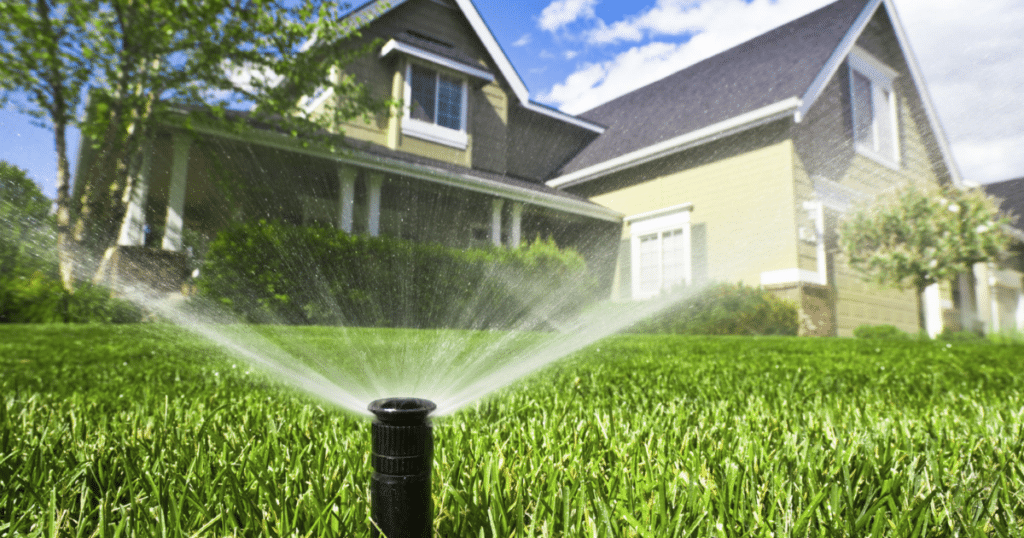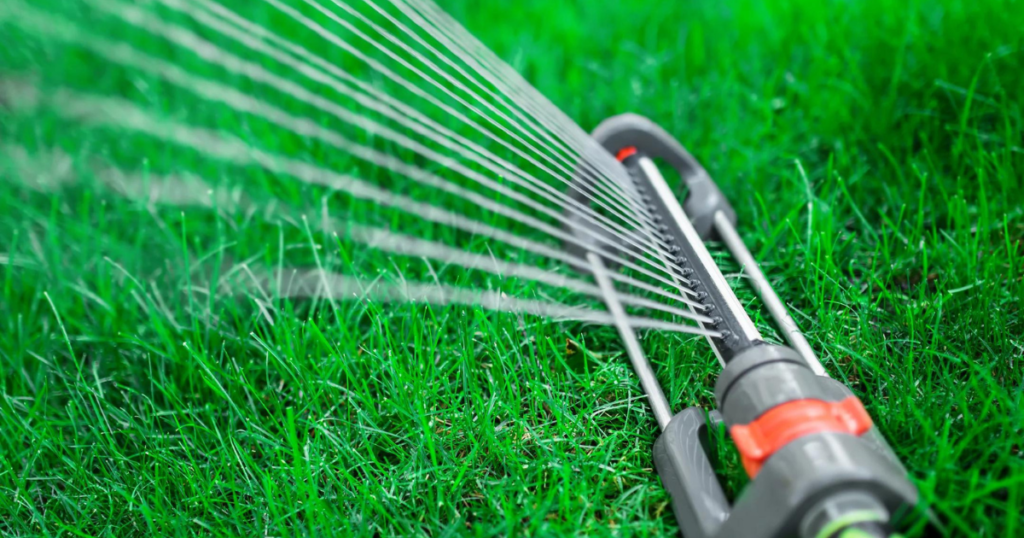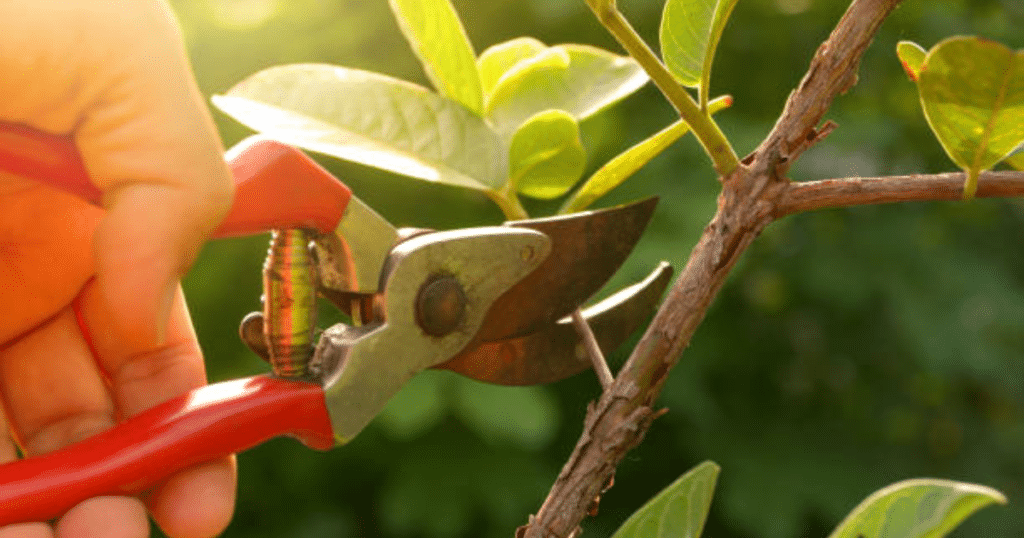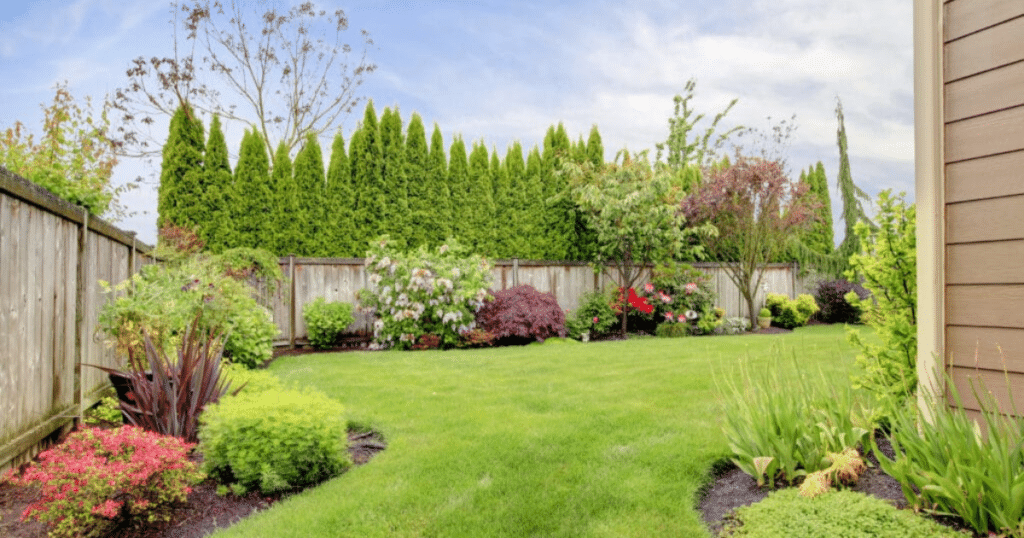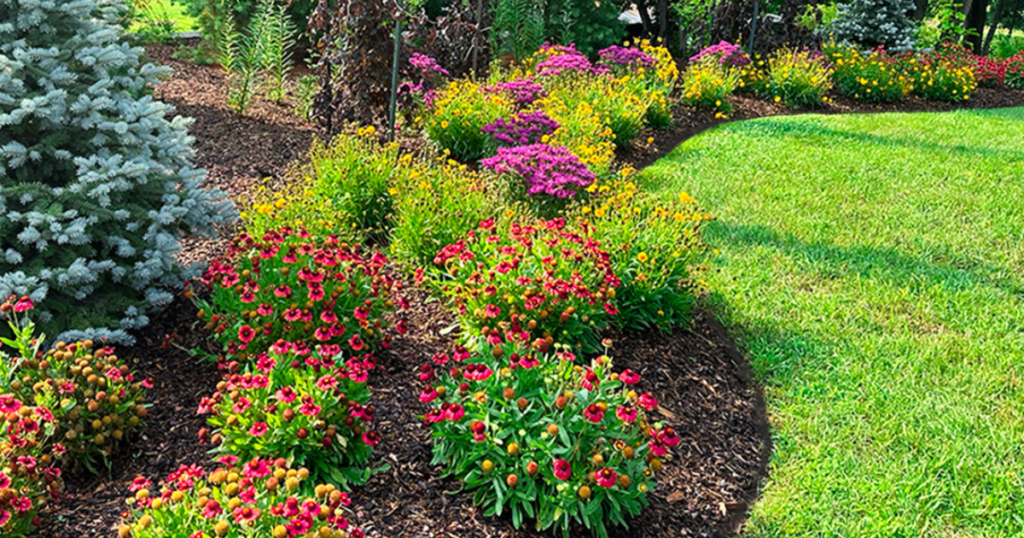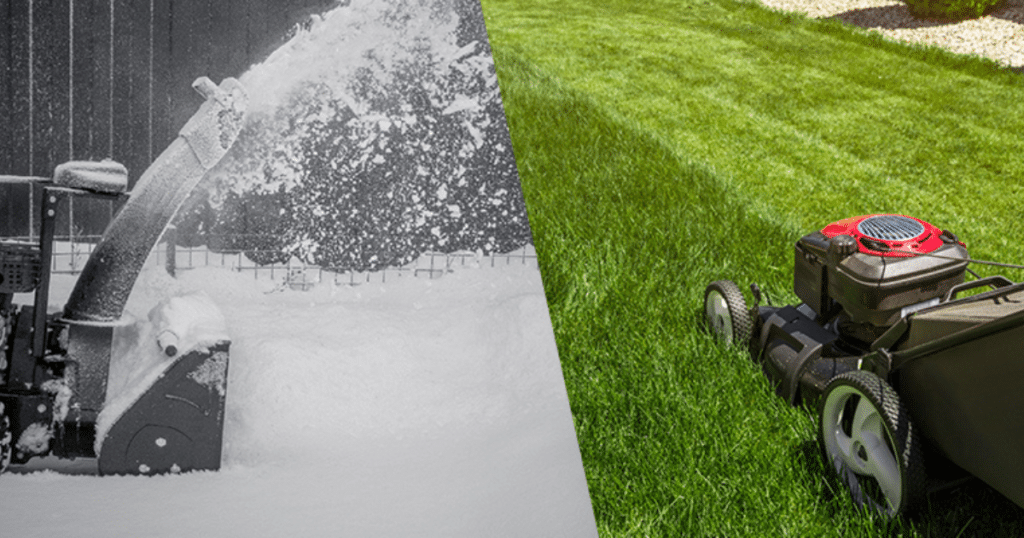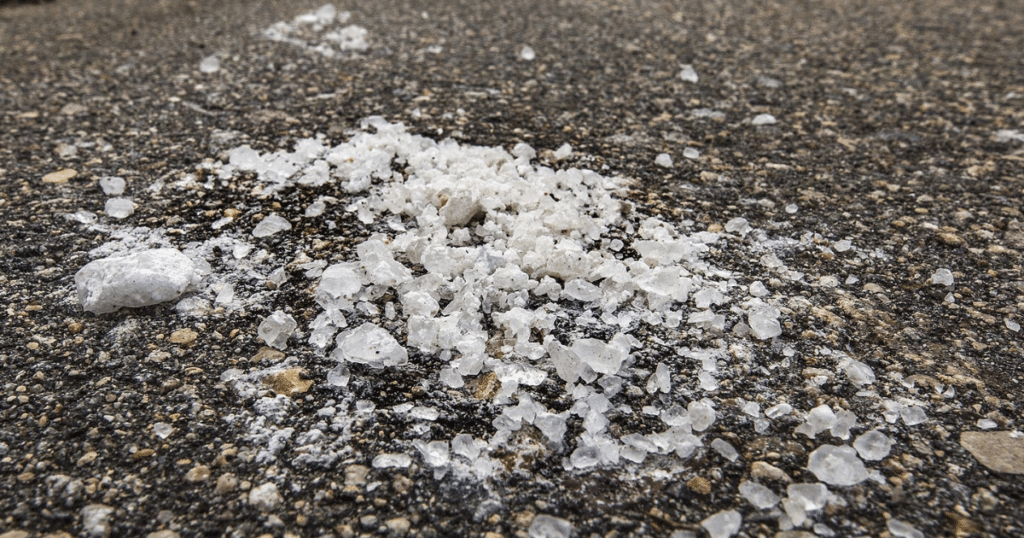Understanding Your Lawn’s Water Requirements
Maintaining a lush, green lawn is a desire for many homeowners. However, when it comes to watering, finding the right balance is crucial. While water is essential for the health of your lawn, using too much water can be detrimental. Let’s explore how to determine the optimal amount of water your lawn needs.
Understanding Your Lawn’s Water Requirements
Before delving into how much water is too much for your lawn, it is essential to understand your lawn’s specific needs. Factors such as grass type, soil composition, climate, and sun exposure all influence how much water your lawn requires. Warm-season grasses like Bermuda or Zoysia typically need around 1 inch of water per week, including rainfall, while cool-season grasses such as Fescue may require slightly more. Paramount recommends conducting a soil test to determine the water retention capacity of your soil, helping you determine the correct watering schedule.
Signs of Overwatering
While water is crucial, overwatering can harm your lawn. Signs of excessive watering include consistently saturated soil, frequent puddles, or an overly squishy lawn. These conditions create an environment that promotes disease, shallow root growth, and weed proliferation. Additionally, if you notice a dull, bluish-green hue or your footprints remain visible long after you’ve walked on the grass, it’s an indication that your lawn is receiving too much water.
Finding the Balance
To avoid overwatering, Paramount recommends following these best practices:
1. Water deeply and infrequently to encourage deep root growth.
2. Water during early morning to minimize evaporation.
3. Use a rain gauge or moisture meter to track rainfall and determine if additional watering is necessary.
4. Adjust watering based on weather conditions and the specific needs of your lawn.
5. Aerate the soil annually to improve water absorption.
Your lawn’s water needs are unique, and striking the right balance is crucial. Avoiding excessive watering prevents damage and promotes a healthier, greener lawn. By understanding your lawn requirements and following best practices, you can ensure your lawn receives just the right amount of water it needs to thrive.







